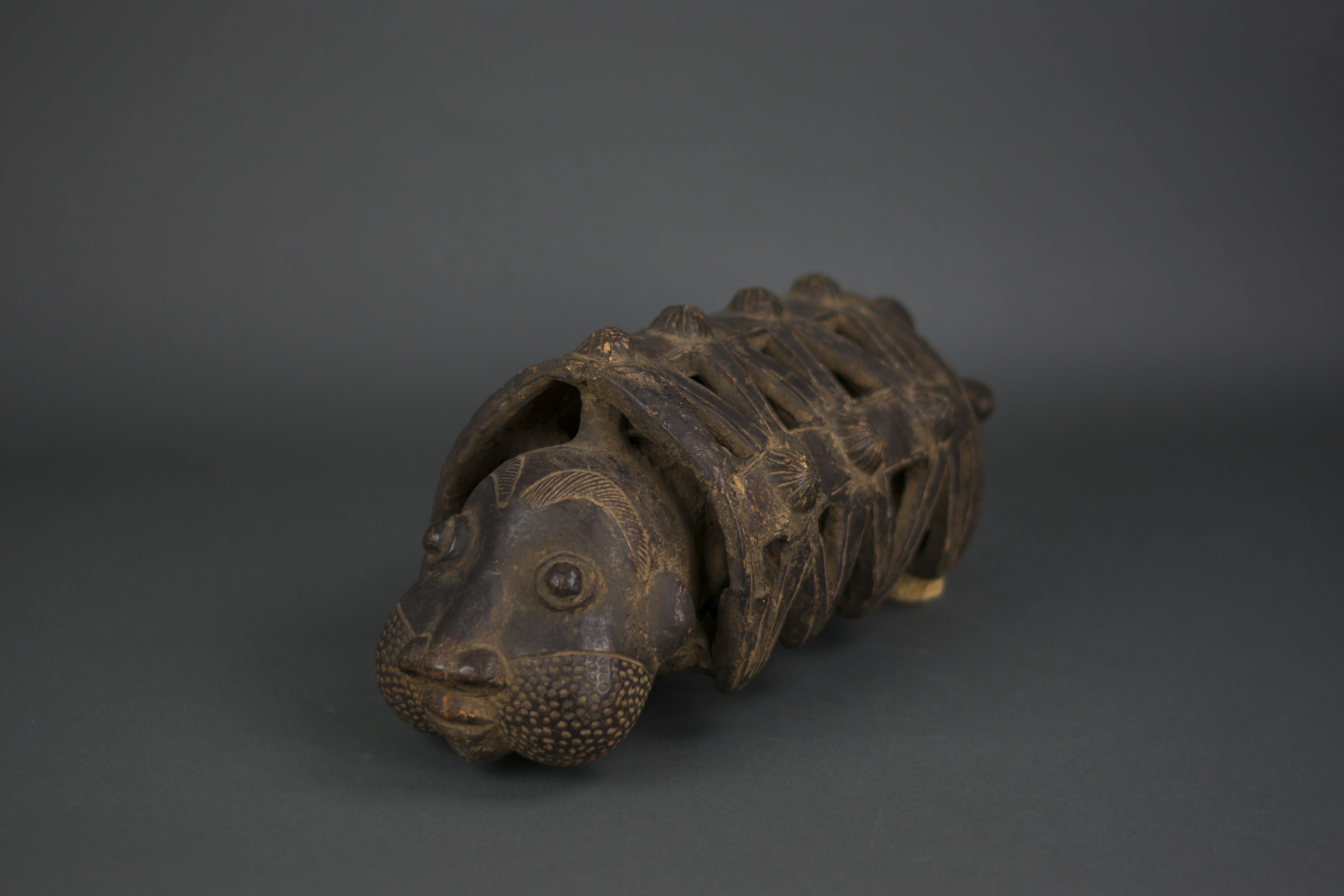
Ceramic Traditions: West Africa
The first west African ceramics were likely fired by 5th century Nok and Ile-Ife peoples in present-day Nigeria. Modern ceramics—like those on display—are created through the coiling processes, with incising, modeling, and sculpting done prior to firing. However, post-fired engraving and painting does occur. A few ceramics are even glazed. Over time, different groups have added various attributes which identify tribal/ethnic affiliations more clearly, within larger ethnolinguistic groups.
Ceramics are traditionally made by women. (Men work with metals, particular iron.) In recent years large, regional pottery centers have supplanted traditional ceramic production. These centers can create ceramics that appeal to different audiences much quicker and cheaper than any one person can. As such, traditionally-made ceramics are becoming less common. However, those made “in the village” are viewed as “more authentic” and are genuinely appreciated and revered. Said pots are used for limited ritualistic use, as well as export to foreign markets.
The works in this exhibit are drawn from the Museum’s collections.[Pictured: Ceremonial Pipe, early 20th century. Bamun Peoples (Cameroon). Gift of Dr. David and Karina Rilling.
